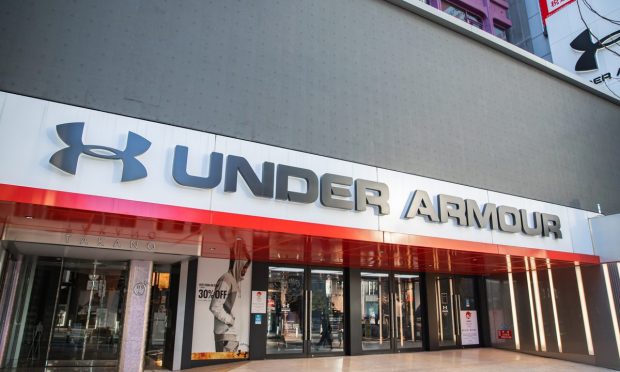Under Armour Extends 4-Month 90% Rally as New Management Drives Change

Under Armour’s stock has risen 90% in the months since announcing a leadership change.
Now, the athleticwear maker is hoping to continue that success, with a new president and CEO helping lead the brand’s efforts to engage consumers this year, company officials said during an earnings call Wednesday (Feb. 8).
Future CEO Stephanie Linnartz did not appear on the call but was still something of special guest star, with company executives repeatedly praising the skills they said she’ll bring.
“Stephanie is an amazing executive,” said Colin Browne, Under Armour’s interim CEO who will resume his duties as chief operating officer once Linnartz assumes her post Feb. 27. “The level of insight she will bring into how we think about the consumer is something we feel in some of our conversations with her.”
Linnartz was hired in December after 25 years with Marriott. While there, she oversaw the firm’s digital transformation, drove scale through brand innovation, developed sports partnerships and expanded its loyalty program.
At Under Armour, she’ll oversee efforts outlined by the company Wednesday, including continued focus on casualwear sales, an emphasis on engaging with younger consumers, and a direct-to-consumer (D2C) effort typified by a new pop-up store in New York City’s Flatiron district.
This comes as the brand is seeing continued caution among consumers.
“We definitely have seen that the promotional environment went a little bit deeper and is going to go a little bit longer,” said Under Armour Chief Financial Officer Dave Bergman on the call. “And the consumers are out there. The traffic is reasonable. But conversion is a little bit challenged.”
Browne noted that the company is “seeing a softer retail environment” but would continue to invest in D2C.
The New York pop-up store, he said, is “a great example to see how we could lean into that.”
Under Armour outlined its plans to invest in casualwear in November, saying that focusing on product categories it hasn’t addressed the way it has its performance-oriented products opens up a $300 billion opportunity. Browne noted at the time the company mostly makes products athletes need to train, compete and recover.
“If you think about that, it really only probably encompasses 20% or 30% of their day,” Browne said at the time. “So, the opportunity of leaning into the other 70% of their day is clearly a huge opportunity.”
For all PYMNTS retail coverage, subscribe to the daily Retail Newsletter.
